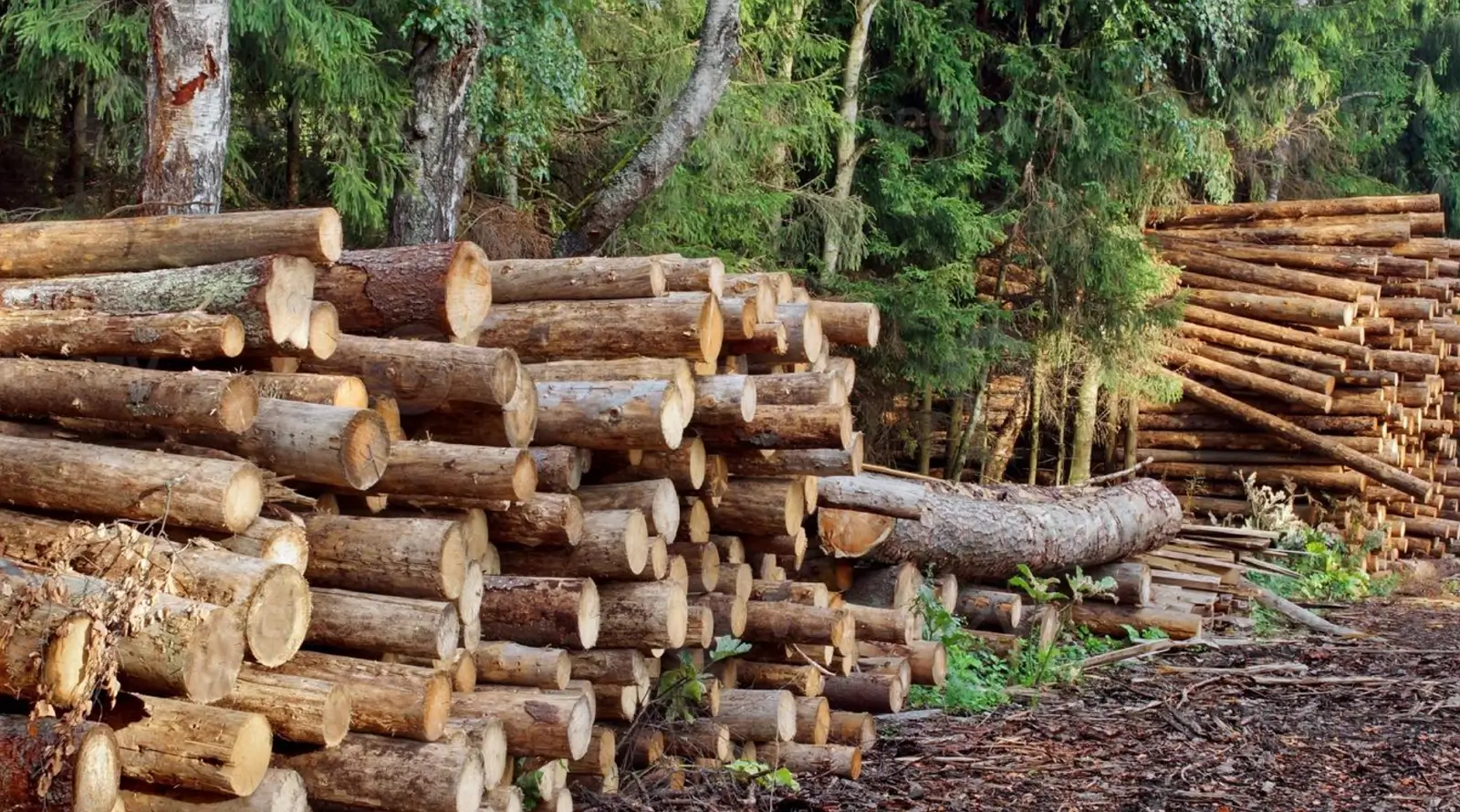The ecosystem represents a fragile balance involving all living organisms, such as plants and animals, alongside the weather and climate they experience. Each major biome, including forests, grasslands, deserts, tundras, and aquatic environments, contains multiple ecosystem types. While not every ecosystem has trees, many do, making deforestation particularly destructive.
Deforestation is becoming more prevalent, transforming land for residential, agricultural, or commercial purposes. Witnessing significant tree loss may raise concerns about its ecosystem impacts. This is why tree removal in ecosystems like forests can negatively impact the local area and have broader global consequences. Massive tree losses can create harmful ripple effects that replanting alone cannot easily reverse. Understanding the changes deforestation brings to ecosystems and how it affects global climate change is essential.
Tree losses equate to lost habitats
Trees are often cut for logging, land use, and large-scale agriculture. Regardless of the motivation, deforestation brings many disadvantages. One immediate consequence is habitat loss for numerous species. On a larger scale, tropical tree deforestation can severely affect numerous animal species and other life forms depending on them. Over 80% of global terrestrial wildlife resides in forests. The removal of trees threatens various wildlife, including birds, amphibians, insects, and mammals, with extinction and depletes their resources.
Beyond immediate habitat losses, deforestation can lead to habitat fragmentation, resulting in less land and resources for wildlife. Long-term habitat fragmentation can disrupt migration patterns and genetic diversity, leading to more conflicts between animals and humans, sometimes with fatal outcomes.
Less oxygen and increased carbon emissions
Trees supply oxygen essential for humans and other species. According to the USDA, one tree can provide enough oxygen for four people daily. Trees also absorb carbon dioxide (CO2) during photosynthesis, releasing oxygen as a byproduct, and store CO2 in smaller fibers, preventing its excessive atmospheric release. While phytoplankton in oceans produce more oxygen, trees still significantly contribute to Earth’s oxygen output.
Deforestation can negatively impact air quality, particularly in dense forests, where carbon dioxide affects the environment. Deforestation reduces oxygen production, while newly cut trees release more CO2 greenhouse gases. The Environmental Defense Fund estimates tropical deforestation accounts for 20% of annual greenhouse gas emissions. The ecosystem, with fewer trees, struggles to absorb CO2 effectively.
More frequent and intense wildfires
While wildfires can arise naturally, like from lightning, most are human-caused. Deforestation is a factor that increases wildfire frequency and intensity. Trees retain rainfall, keeping forests too wet for fires. Without them, conditions dry enough for fires to ignite and lack moisture to suppress them.
Deforestation elevates wildfire risk and exacerbates air quality issues. Fires produce toxic smoke containing fine particulate matter (PM 2.5), lead, hydrocarbons, and nitrogen dioxide, endangering human health. These fires also release CO2, worsening greenhouse gas emissions and climate change, creating a vicious cycle of increasing wildfires and deteriorating climate conditions.
Soil erosion and dangerous flooding
In addition to poor air quality and increased wildfire risks, deforestation negatively affects an ecosystem’s soil. Trees help prevent erosion, with roots holding soil together and leaves and roots absorbing precipitation. Without trees, water has no outlet, leading to soil erosion and flooding during rainfall. Deforestation is a significant cause of these issues.
Soil erosion can also result from overused agricultural lands for cash crops like wheat, coffee, and soybeans. The World Wildlife Fund estimates half of the world’s topsoil has been lost in the last 150 years. Soil erosion and flooding may contribute to water pollution when runoff occurs without trees. Pollutants like fertilizers and pesticides can contaminate water sources, affecting other species.
Food shortages from fewer crops
Trees are sometimes cleared for livestock fields to meet meat production demands, while forests are removed for “cash crops” like palm oil and cacao. These practices aim to increase food production but ironically lead to long-term food shortages and rising food insecurity worldwide.
Deforestation reduces ecosystem biodiversity, increasing crop disease and pest problems. It also affects soil nutrients, resulting in poorer crop yields. Soil erosion further complicates food production, making food more expensive and leading to shortages.
Negative impacts for Indigenous communities worldwide
Deforestation’s ripple effects impact all life on Earth, but Indigenous communities face particularly severe consequences. According to Cultural Survival, 60 million Indigenous people depend on forests for survival. Tree removal destroys habitats, deprives Indigenous peoples of food, natural medicine, cultural sites, and traditions, and risks new disease development.
For example, the Yanomami of the Amazon forests face higher death rates from miner exposure and risk losing food, plant-based medicines, and traditions tied to their tropical forest habitat. These impacts extend beyond the Yanomami, affecting Indigenous groups globally.
Worsening climate change
The cumulative impacts of deforestation contribute to worsening climate change. Increased CO2 emissions, more frequent wildfires, and soil erosion create a dangerous cycle that exacerbates climate change while intensifying these events. For instance, greenhouse gas levels rise from pollution and a lack of trees. Trees absorb up to 16 billion metric tons of CO2 annually. Without them, CO2 stored in trunks, branches, leaves, and roots may be released. Forest loss contributed to about 6% of global CO2 emissions in 2023.
Efforts to counteract tree loss effects and climate change are underway. Some companies plant trees to offset CO2 emissions, but carbon offsetting doesn’t guarantee recently planted trees’ survival or replacement of mature trees’ CO2 containment. Climate experts advocate re-establishing forests alongside reducing carbon emissions to minimize global warming’s worst impacts.






